News
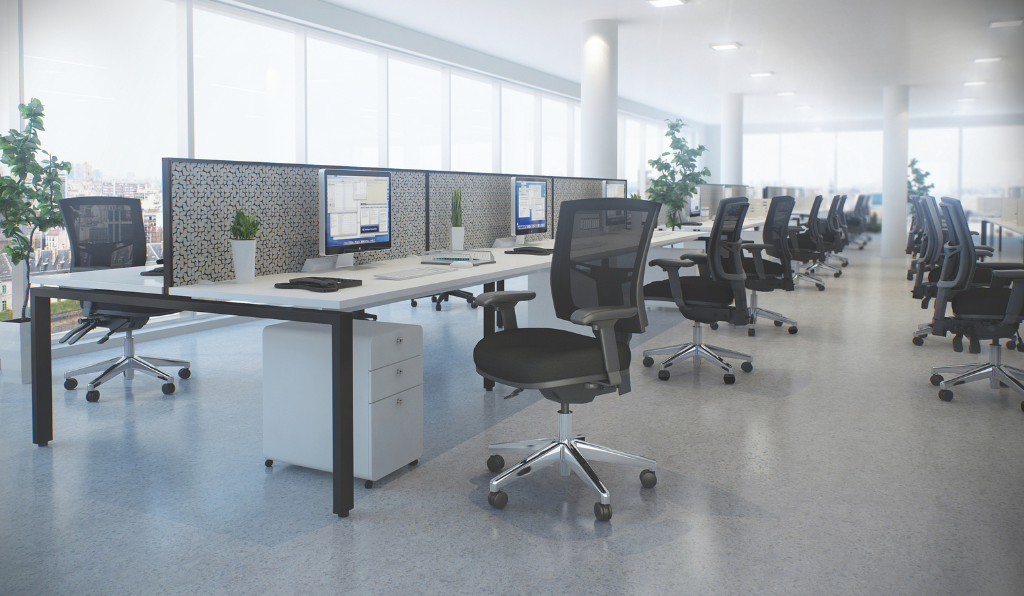
The Business Case for Ergonomic Office Chairs
Discover why taking the ergonomic office chair approach is a smart, long-term move for your business.- Tanya Hanrahan
- Tags: Office Chair Ergonomics Office Chairs Office Desk Office Furniture Work From Home
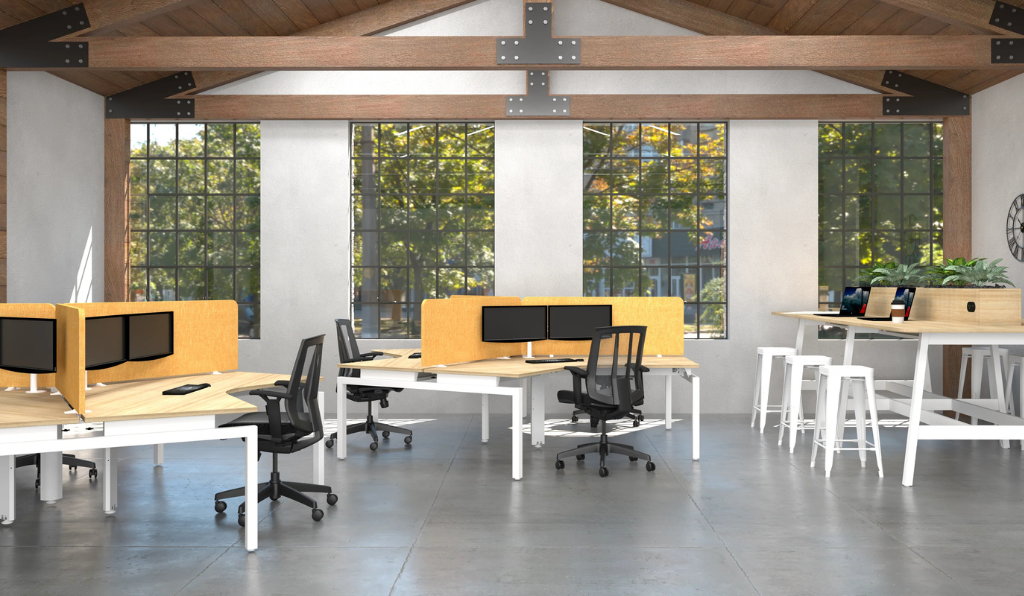
5 Ways a Corner Desk Will Transform Your Office Space
Explore how the corner desk can create a cleaner layout, support ergonomic comfort and professional appeal, and boost productivity.- Wes Bradley
- Tags: Desk Office Desk Workstation
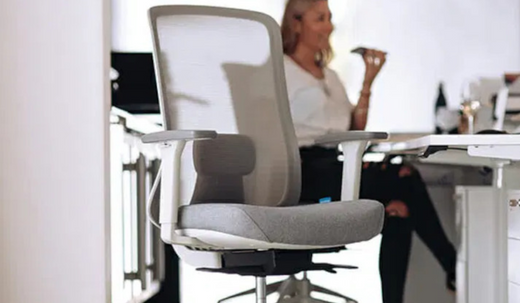
Office Chairs - Tips for Perfect Posture & Enhanced Comfort
If you are sitting in an office chair for extended periods, understanding positive sitting posture can make a huge difference to your comfort and energy levels, your productivity, and your long-term health. An Ergonomic Office Chair is designed for efficiency and comfort in the working environment.
- Tanya Hanrahan
- Tags: Office Chair Ergonomics Office Chairs
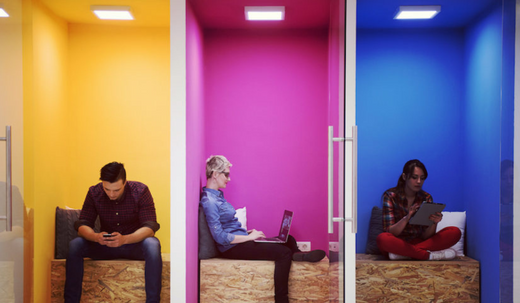
What is the impact of colour in the Workspace?
When it comes to the office environment, strategic use of colours can contribute to employee productivity, mood, culture and overall atmosphere. Learn more about the impact of colour in your work place
- Tanya Hanrahan
- Tags: Colour Office Colour Office Furniture
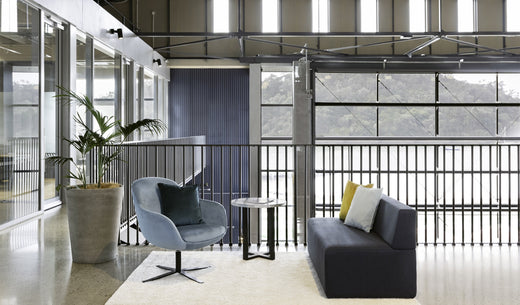
What Is Resimercial Office Furniture In The Workplace?
Discover more about “Resimercial” Design in the workplace and why it has gained more popularity post-Covid, as NZ workers make the move to hybrid working between their homes and the office.
- Tanya Hanrahan
- Tags: Home Office Home Office Furniture Hybrid Working Meeting Room Office Furniture Resimercial Work From Home







